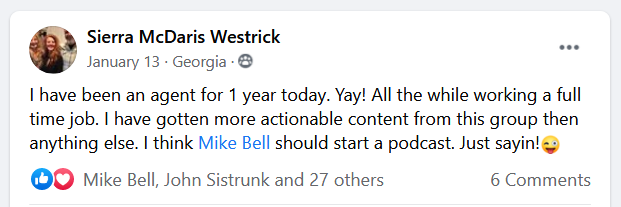
8 Tools Every Agent Should Know About To Dominate Social Media
In high school, your math teacher may have said something along the lines of, “You won’t have a calculator with you all the time.” Fast


Popcorn ceilings must be one of the most useless inventions in the history of housing. It collects dust, is easily chipped off, and really doesn’t add much visual appeal. One has to wonder why anyone invented such a thing, or why it was ever the standard in so many homes.
Brittany Bailey of Pretty Handy Girl decided she had enough of that eyesore and cleaned up her own ceiling. She created this tutorial from her experience for the rest of us who are ready for a ceiling that makes sense. Best of all, she shows how to make cleanup easy.
IMPORTANT NOTE FROM BRITTANY: “If you live in a house that was built around 1978, take several small samples of your ceiling and test it for asbestos before you begin. Even though the cutoff date for asbestos in popcorn texture was 1978, the inventory could still be bought from store shelves well into the 1980’s. Do yourself and your family a favor, If you have asbestos popcorn contact a professional who is trained in asbestos removal to handle the job. If you want to learn more, you can read more about our experience with asbestos remediation.”
Place the wire nuts back on the exposed wires and cover the fixture box with a plastic and tape. Be sure to TURN THE LIGHTS OFF before doing this!
With the tarps, it’s a simple procedure to bag and toss the remnants. Be sure to tape the plastic off at the tippy top of the walls.
Wait 15 minutes and spray again. Wait another 10-15 minutes for the second soaking to settle in. Note: Be sure to make each coating a complete, yet light soaking. If the drywall paper is too wet, it will rip later on.
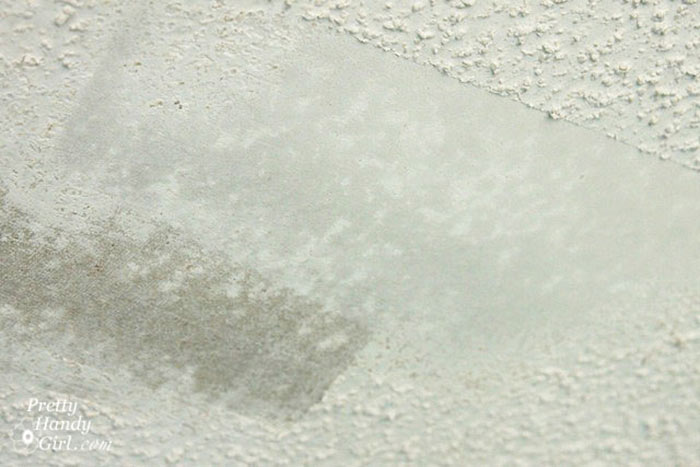 Pin
Pin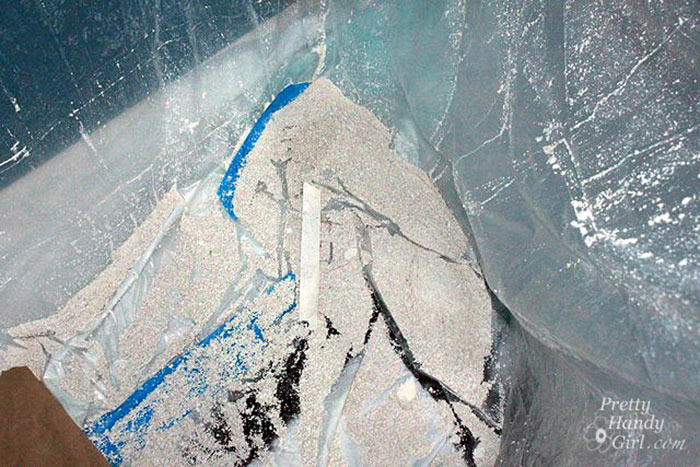 Pin
Pin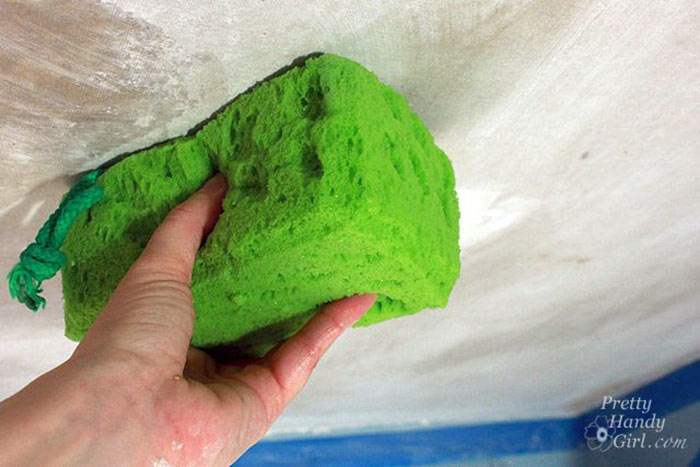 Pin
PinHere’s the sequence that Brittany Bailey laid out:
Holes and dents in the joint compound are no good and you will need to spread more onto the ceiling. It’s okay if you have some raised sections, they will sand down later.”
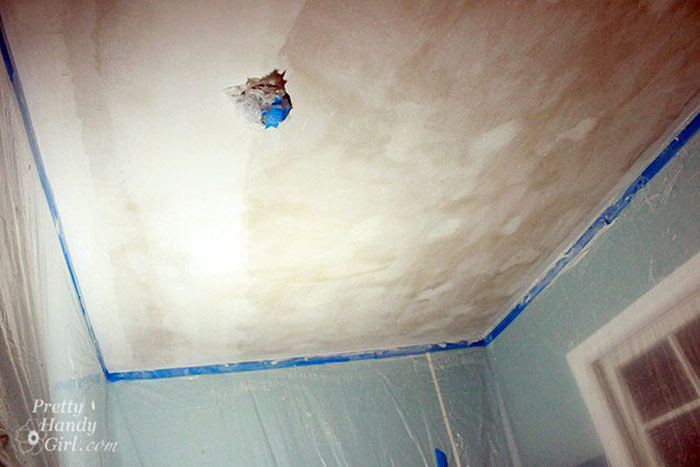 Pin
Pin Pin
Pin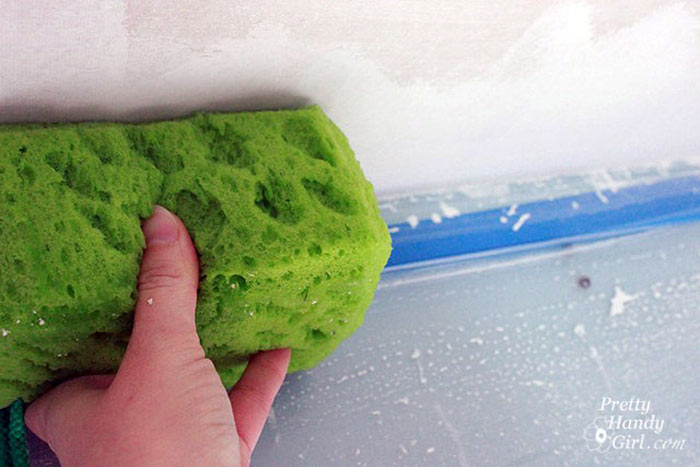 Pin
Pin Pin
Pin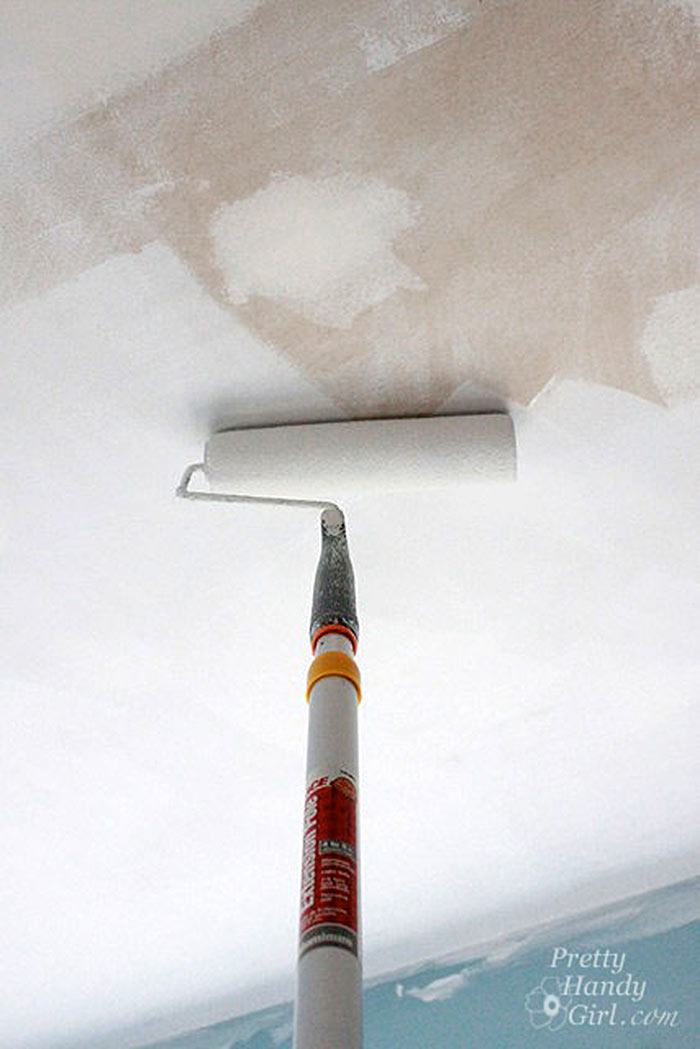 Pin
Pin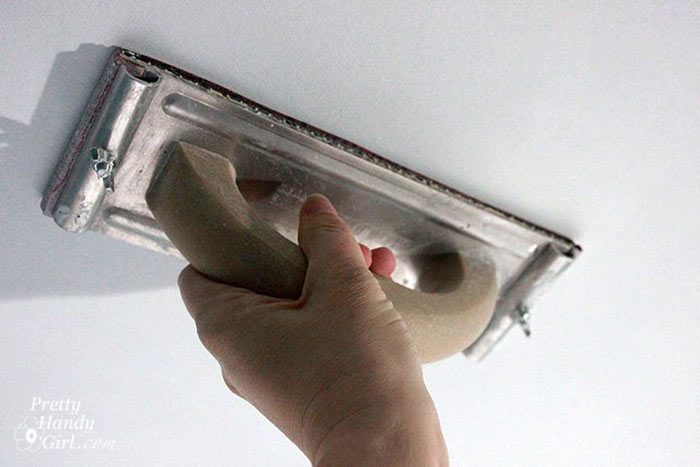 Pin
Pin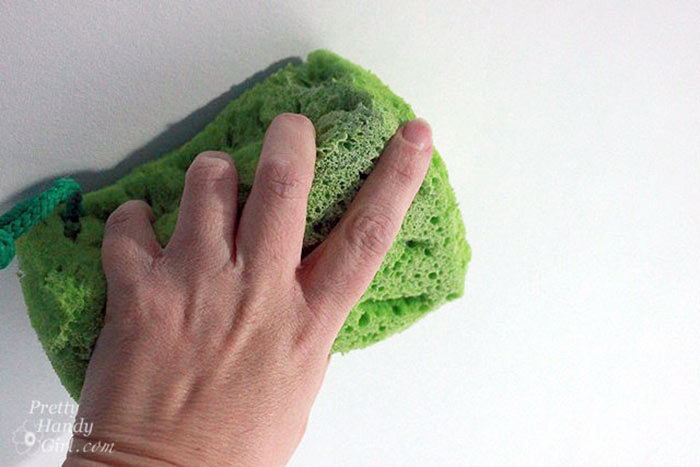 Pin
Pin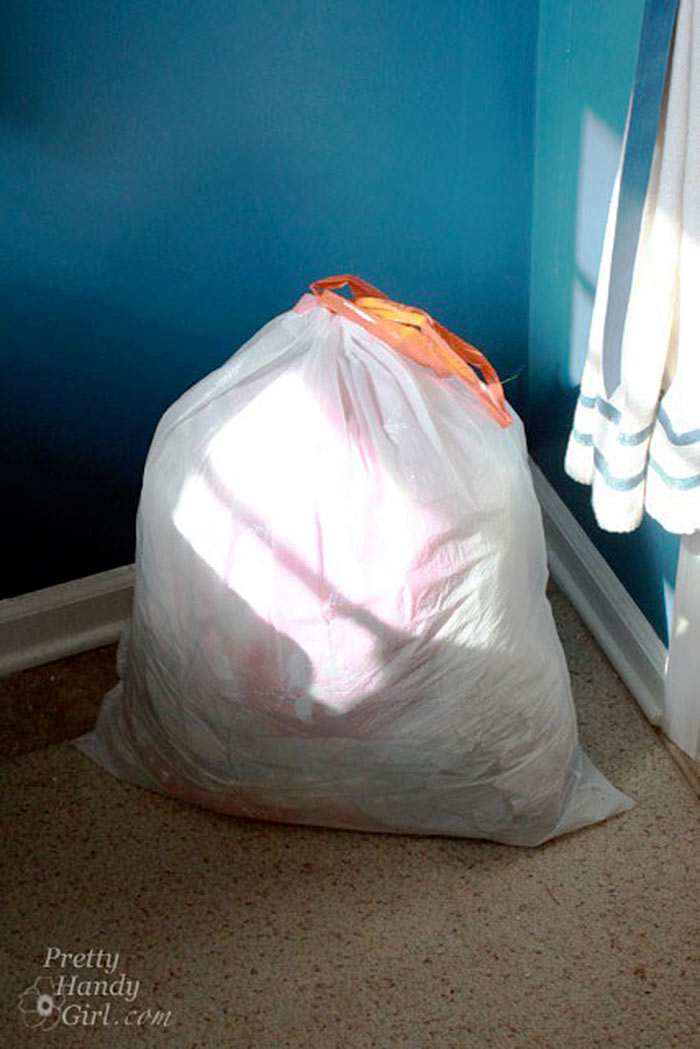 Pin
PinIf you liked this one, you’ll love this:

(Shh, our secret)
Show your sphere your an expert. We have over 2050 articles covering every real estate topic your audience will love.
Position yourself as a real estate authority!
Real estate + topical events — the perfect match!
Become the bearer of good vibes!
Because hey, everyone loves to laugh!



Get our weekly email that makes communicating with your sphere on social actually enjoyable. Stay informed and entertained, for free.

In high school, your math teacher may have said something along the lines of, “You won’t have a calculator with you all the time.” Fast

Ideally, every client you work with would write you a heartfelt, glowing review…without being asked. But, alas, most don’t. It doesn’t mean they wouldn’t. But
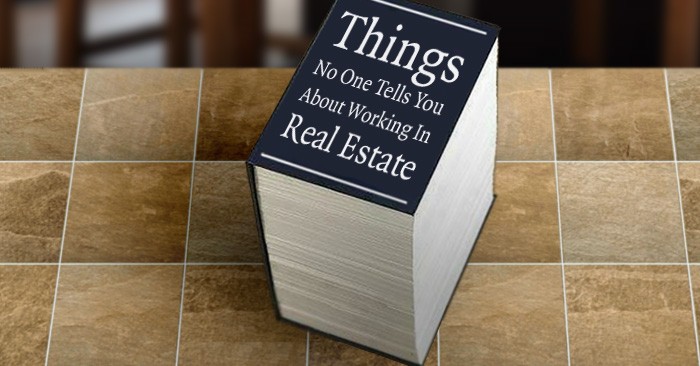
Congratulations! You’ve selected a highly rewarding, super lucrative, and totally fun career in the oh-so-cool field of… real estate. If you’re brand new to this

“Content marketing” has been around since 1895, when John Deere published “The Furrow,” a quarterly magazine they used to help educate customers and build a

Via Big Stock Photo “Home is a shelter from storms—all sorts of storms.” — Political pundit William J. Bennett As I stand at what is probably
Depending on your situation, it may not take the full 30 minutes.

This reset password link has expired. Check the latest email sent to you.









